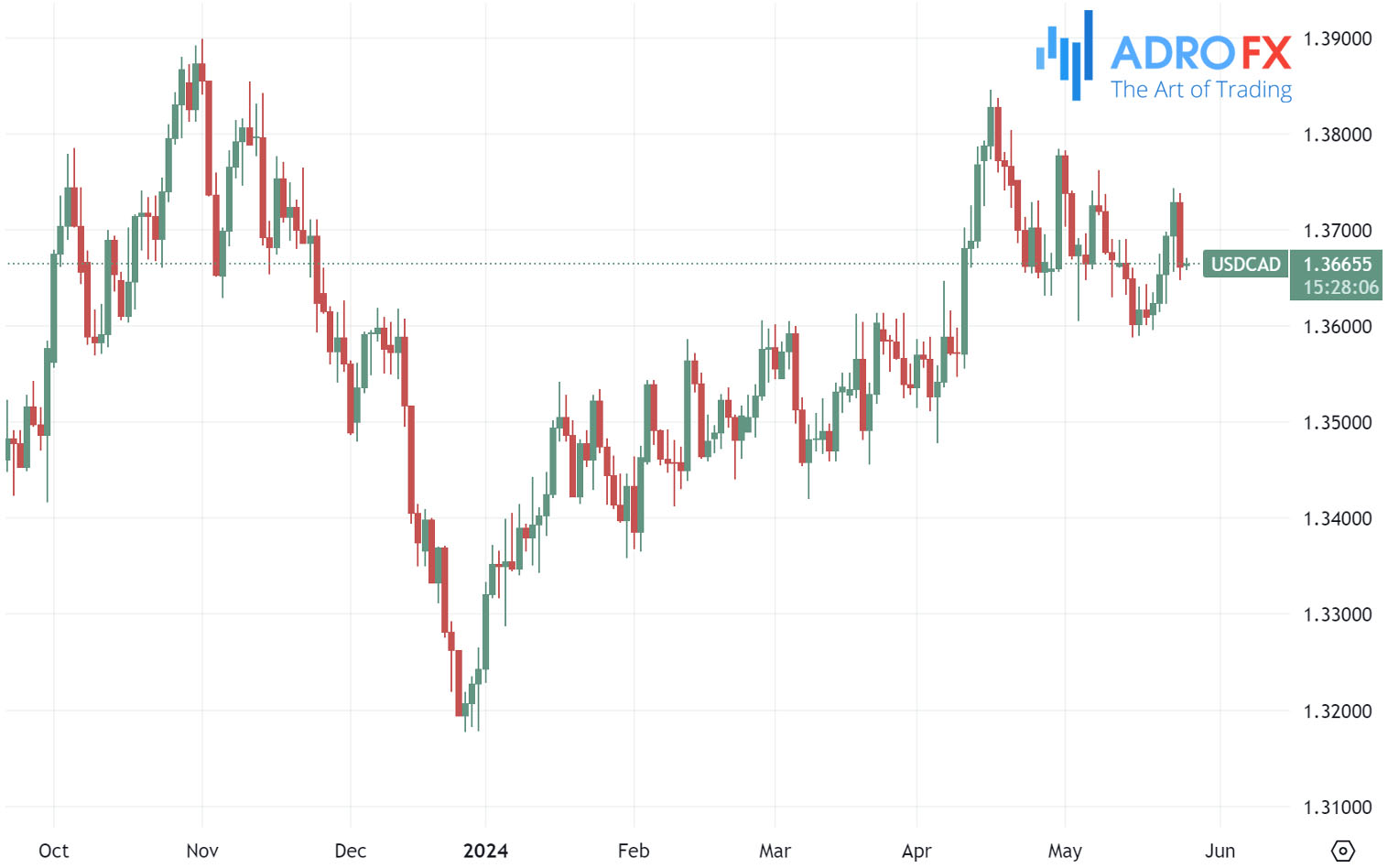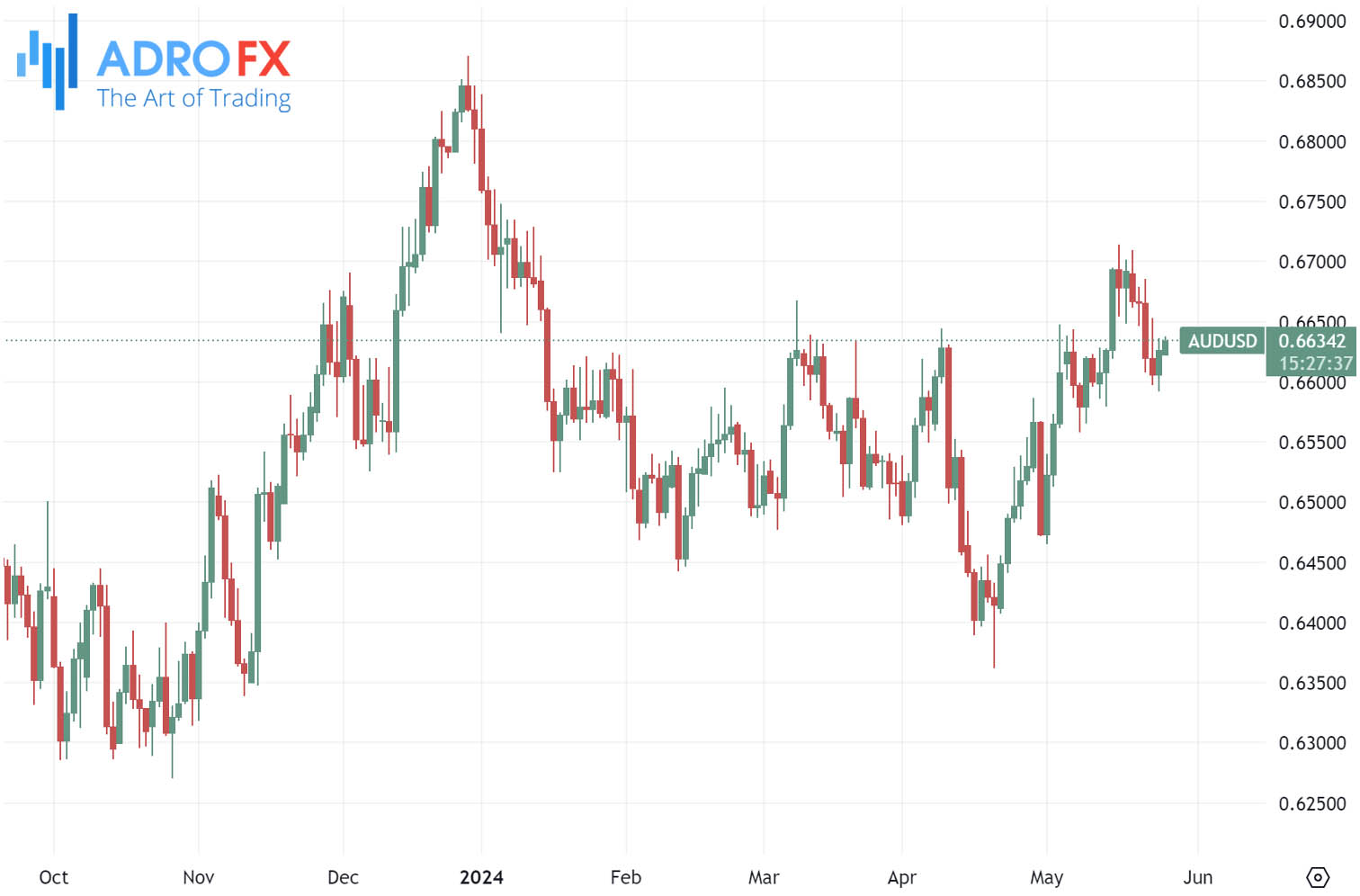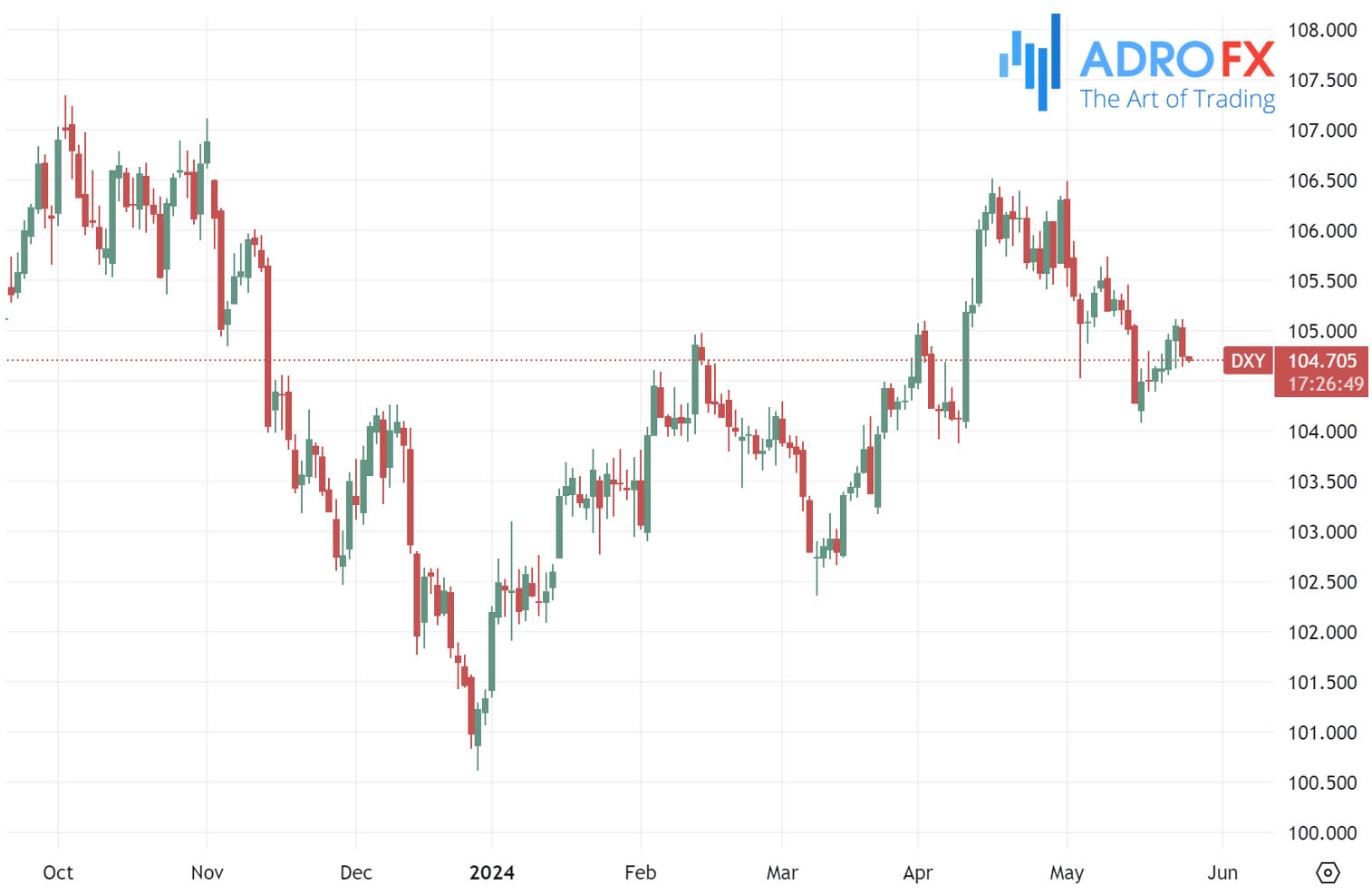Nasdaq Reaches Record High as US Stocks Rebound Amid Improving Consumer Inflation Outlook | Daily Market Analysis

Key events:
- Eurozone - Eurogroup Meetings
- Eurozone - ECB's Lane Speaks
- USA - FOMC Member Williams Speaks
US stocks bounced back on Friday after sharp losses the previous day, fueled by news of an improving consumer outlook on inflation. This rally led the Nasdaq to its fifth consecutive week of gains, reaching a record closing high.
The Dow Jones Industrial Average edged up by 4.33 points, or 0.01%, to 39,069.59. The S&P 500 climbed 36.88 points, or 0.70%, to 5,304.72, while the Nasdaq Composite surged 184.76 points, or 1.10%, to 16,920.79.

Despite the gains on Friday, the Dow ended its five-week rally after experiencing its largest daily percentage drop in over a year the previous day.
For the week, the Dow declined by 2.34%, the S&P 500 slightly increased by 0.03%, and the Nasdaq rose by 1.41%.
Gold prices gained strength on Monday. A weaker US Dollar and renewed geopolitical tensions in the Middle East supported the precious metal. In the long term, central banks' growing demand for gold might further boost its value. However, reduced expectations for a Federal Reserve rate cut this year and a hawkish stance from Fed officials could exert selling pressure on XAU/USD, as higher interest rates typically make gold less attractive as a store of value.

The USD/CAD pair traded in a narrow range slightly above the crucial support level of 1.3650 during Monday’s Asian session. The Canadian Dollar struggled to find direction as the US Dollar remained steady amid the holiday mood in the United States economy.

The Canadian Dollar's outlook remains uncertain amid weak domestic spending, increasing the probability of a rate cut by the Bank of Canada at its upcoming monetary policy meeting on June 5. Statistics Canada revealed on Friday that March's monthly Retail Sales dropped by 0.2%, following a 0.1% decline in February. This marked the third consecutive month of contraction, highlighting household struggles due to higher interest rates imposed by the BoC. Weak household spending and consistently easing price pressures indicate a need for the BoC to revert to policy normalization.
Meanwhile, the Australian Dollar continued its upward trend against the US Dollar for the second straight session on Monday as overall market risk appetite improved, even as expectations for Federal Reserve interest rate cuts waned. Investors are keenly awaiting the Monthly Australian Consumer Price Index report on Wednesday for further insights into the direction of domestic monetary policy.

The Australian Dollar could gain further strength as the latest Reserve Bank of Australia meeting minutes revealed the board's difficulty in forecasting future cash rate changes. They noted that recent data suggests a higher likelihood of inflation remaining above the 2-3% target for a prolonged period.
The US Dollar weakened after the University of Michigan's 5-year Consumer Inflation Expectations for May were released on Friday, showing a slight decrease to 3.0%, below the expected 3.1%. Although the Consumer Sentiment Index was revised upward to 69.1 from a preliminary reading of 67.4, it still represented the lowest level in six months. These factors likely bolstered investor sentiment regarding potential rate cuts by the Federal Reserve.

The Japanese Yen broke its three-day losing streak, possibly influenced by remarks from Bank of Japan Governor Kazuo Ueda on Monday. Ueda acknowledged progress in moving away from zero and increasing inflation expectations but stressed the importance of re-anchoring them at the 2% target. He also mentioned that the BoJ will proceed cautiously, in line with other central banks that follow inflation-targeting frameworks.

Japan's annual inflation rate stayed above the Bank of Japan’s 2% target, maintaining pressure on the central bank to consider policy tightening. The BoJ has emphasized the need for a virtuous cycle of sustained and stable attainment of its 2% price target, along with robust wage growth, as crucial for policy normalization.
On Monday, US banks will be closed for the Memorial Day holiday. Traders will turn their attention to speeches from Fed officials on Tuesday, including Michelle Bowman, Loretta Mester, and Neel Kashkari. Additionally, the first reading of US GDP for the first quarter, expected to show a 1.5% expansion, will be closely monitored on Thursday.









